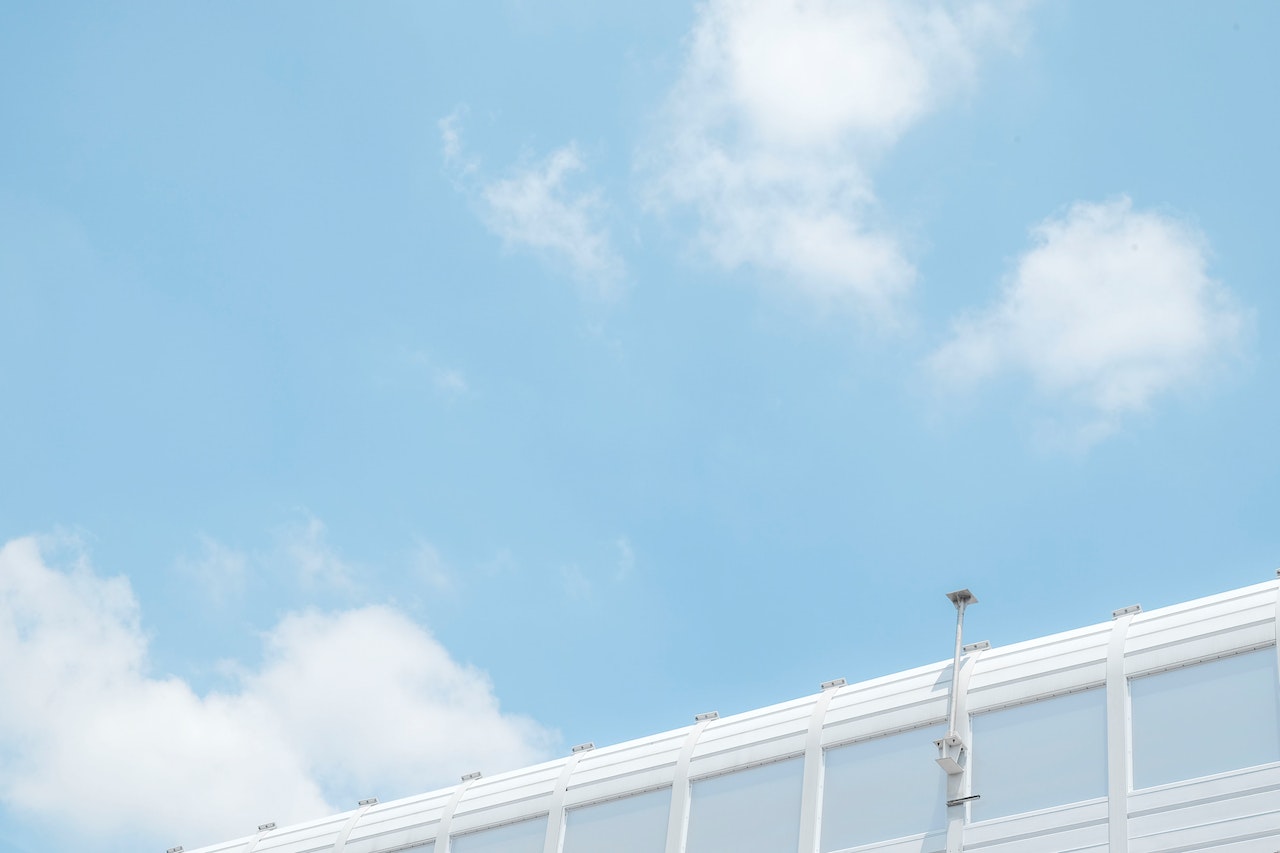Comments
- No comments found

Are you considering installing security cameras at your home or commercial property in 2023?
There is currently a ratio of 6 cameras per 1000 people in major US cities. Surveillance is vital to any security strategy, and new technologies are making CCTV more manageable and user-friendly.
Keep reading to learn about the emerging CCTV technology trends for 2023 that will make your security management streamlined, futureproof, and accessible. This guide will discuss how the cloud-based technology revolution impacts the security camera sphere and how this can benefit your security strategy.
Cloud-based security cameras present more convenience and accessibility for CCTV systems, an alternative to on-premise systems. With an on-premise surveillance system, you are faced with the following inconveniences:
Maintenance: You must maintain, manage, and store server systems with an on-premise system. The maintenance of these systems can be time-consuming and costly, and storing these systems reduces ROI on property investments.
Repairs: When your on-premise system needs an update or repair, you must wait for a service engineer to visit the site in person and resolve the issue, which could leave your system down for long periods.
On-premise systems: Operate using complex wiring systems. You are required to plan and maintain these wiring systems. Expanding these systems across buildings will take time and effort, as on-premise systems offer less scalability and locksmiths may need to be involved in physically installing and configuring the new locks.
If you work with an on-premise system, you will encounter these inconveniences. However, cloud-based security technologies provide more convenience and resolve some of these issues. If you switch to a cloud-based surveillance system, you will receive the following advantages:
Over-the-air updates: You will be able to perform troubleshooting and software updates over-the-air, and you won’t need to wait for a service engineer to come and fix your servers in person.
Decreased reliance on servers: With a cloud-based surveillance system, you do not need to rely on servers as heavily. All your security data can be hosted in a cloud-based location for more accessibility and to unburden you from allocating server storage space.
Mobile management: With a cloud-based surveillance system, you can manage your security data from anywhere using a browser-based control center or mobile application. Your security team can stay aware of security developments while handling other tasks and operations.
Open API integrations: Your cloud-based surveillance system will allow you to integrate different security tools and apply software integrations to enhance the utility of your system, expanding its functionality.
Although there are these advantages to a cloud-based surveillance system, it is essential to note that there will also be an increased need for cybersecurity. Since you will host your security data in the cloud, you must apply cybersecurity software to ensure this data remains in the hands of authorized users.
One of the most significant flaws with any video security system is that they need to be monitored and managed. If the footage is not monitored by security staff, then your system will not be functional in helping to prevent incidents and take proactive security action.
The open API integrations with a cloud-based security camera system will allow you to implement video analytics. Video analytics and cloud-based video management automate the video feed monitoring process, allowing your team to oversee other duties while maintaining awareness of potential security threats.
The software tool has object recognition features that can help you to spot weapons on site and take action quickly in potentially violent situations.
You can leverage your security camera system to reduce weaknesses in your perimeter protection. Access control systems are vulnerable to incidents involving stolen access credentials. To prevent unauthorized persons from entering the property with stolen credentials, you can integrate your cloud-based security camera and access control systems to enable identity verification.
To ensure you can easily verify your identity, you need to assess the function of your cameras. You must decide whether dome vs bullet security cameras would be best at your building’s entrance. Whichever camera you select, you must ensure the footage is high-quality and has adjustable focal points.
If you were to use an on-premise system, you would need to retrieve data from different platforms and correlate timestamps to verify identity. However, a cloud-based integrated system can easily access this information on a single interface for a more user-friendly and agile security investigation strategy.
You can apply facial recognition software to your integrated system to automate the identity verification procedure. The tool will automatically verify that a person’s facial profile matches their access credentials, allowing for more stringent security.
The latest developments in video security technology make security more manageable and accessible for security staff. With the cloud-based technological revolution, it is possible to rely less on servers, and it becomes possible to manage security from anywhere using a mobile device. Increased agility and visibility will strengthen your security strategy and equip your team to take a more proactive approach to security.
Luke Fitzpatrick has been published in Forbes, Yahoo! News and Influencive. He is also a guest lecturer at the University of Sydney, lecturing in Cross-Cultural Management and the Pre-MBA Program. You can connect with him on LinkedIn.
Leave your comments
Post comment as a guest